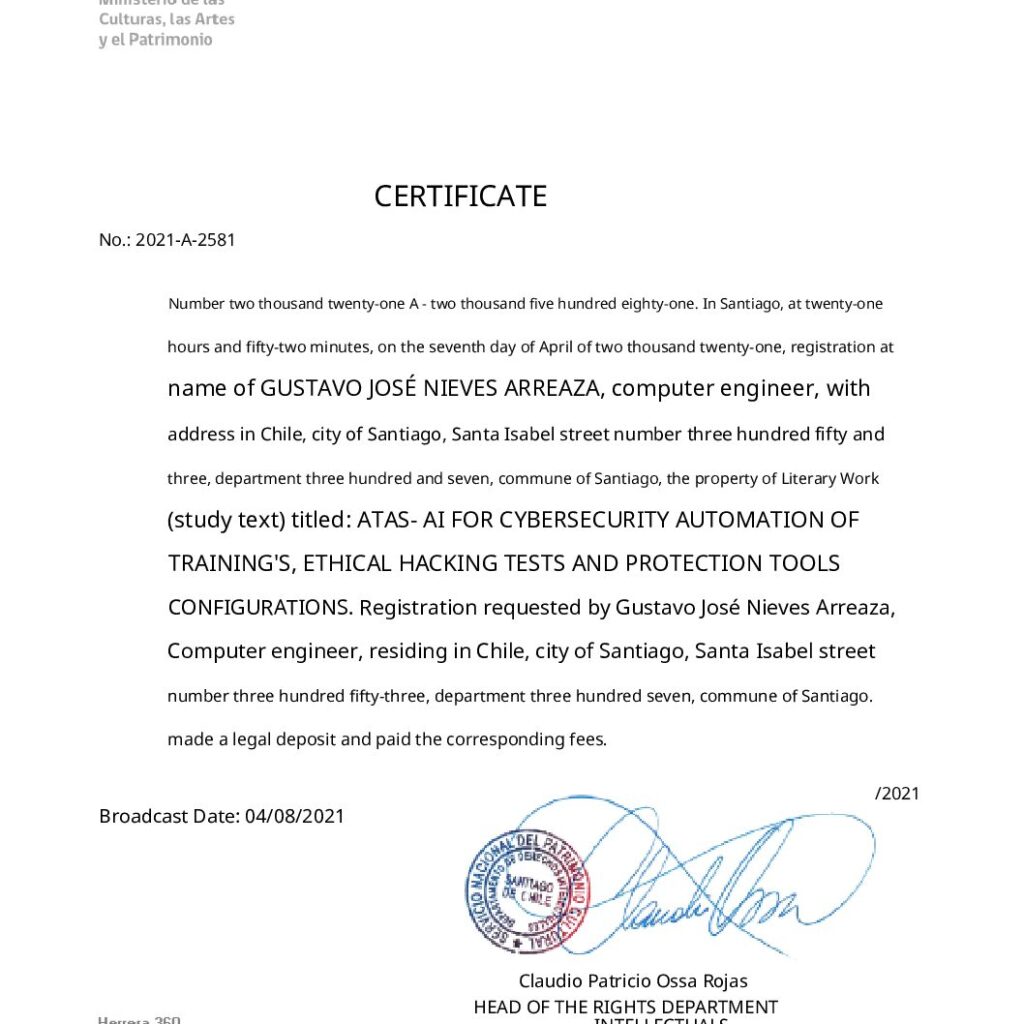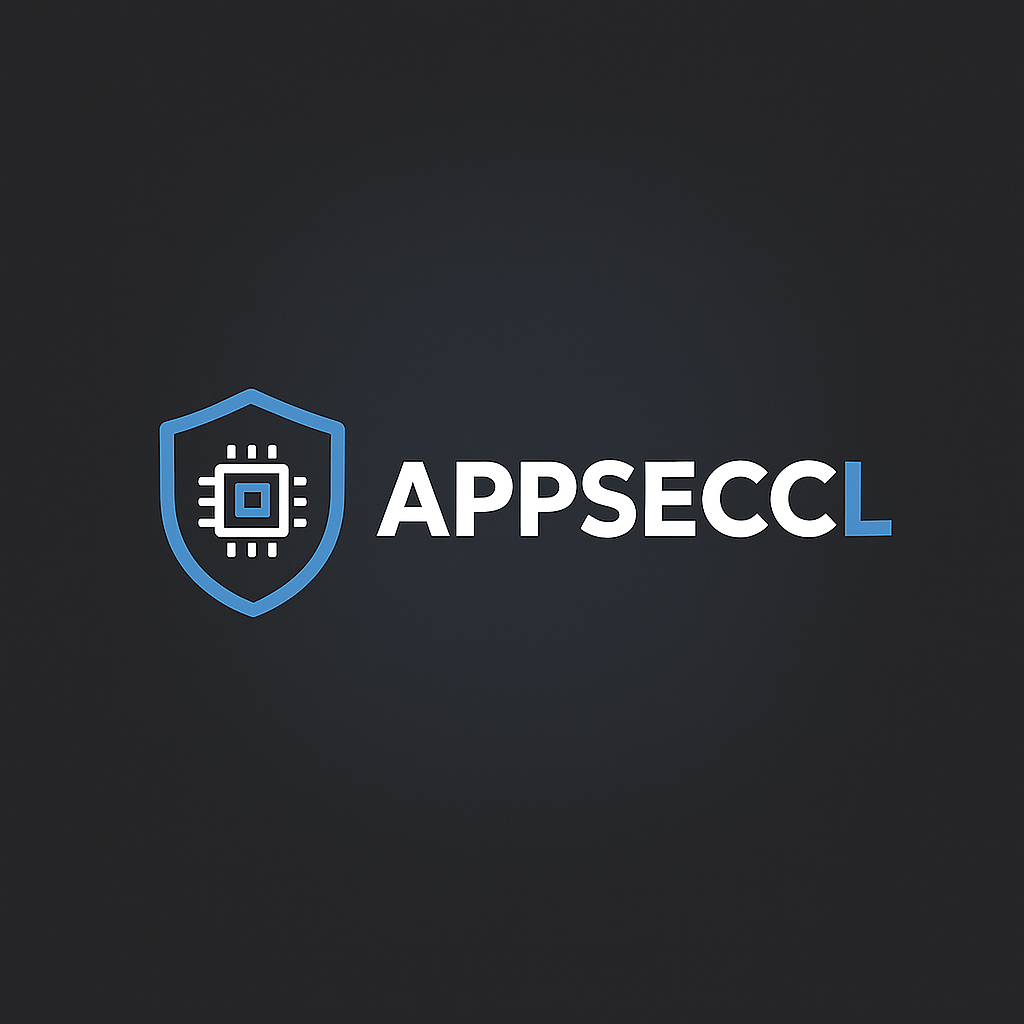1. ATAS (Automated Training Application System)
Patented date: 2021-November
ATAS is an AI-powered cybersecurity training system that automates technical education based on real-time data from security tools such as SIEMs, WAFs, and SOCs. It aims to close the knowledge-practice gap by delivering personalized and timely training aligned with the organization’s most pressing security threats.
Designed to support internal security teams, ATAS enables faster response to new vulnerabilities while reducing the cost and time associated with traditional training methods. Its integration with operational infrastructure ensures that training is both relevant and actionable.
Core Features of ATAS:
- Automated delivery of cybersecurity training based on live threat intelligence.
- Integration with SIEMs, WAFs, and SOC systems for contextual training.
- Personalized training modules adapted to each employee’s role and exposure level.
- Real-time response to newly discovered vulnerabilities (55 per day on average).
- Reduction of training time from months to days without compromising quality.
ATAS Business Model:
- Product: AI-powered cybersecurity training platform based on real-time security data.
- Value Proposition: Drastically reduces training time and cost while providing actionable, tailored learning.
- Target Customers: Corporate security teams, mid-large enterprises, and government IT departments.
- Revenue Streams: SaaS licensing, professional services, and premium analytics/integrations.
- Channels: Direct sales, cybersecurity resellers, webinars, and digital campaigns.
- Key Activities: Platform development, AI training, content generation, and integration maintenance.
- Key Resources: AI engineers, cybersecurity experts, cloud infrastructure.
- Key Partners: SIEM/WAF vendors, OWASP, universities, and training platforms.
- Cost Structure: Cloud ops, R&D, support, and content maintenance.
Link to the demo currently we have more of 100 users
ATAS – Cybersecurity Education Technical Training

2. BDAST (Blockchain Dynamic Application Security Testing)
Patent Date: April 2022
BDAST is an AI-powered agent designed to dynamically generate, execute, and manage security testing for blockchain applications—specifically smart contracts and decentralized architectures. Unlike educational platforms, BDAST is an autonomous system that enables security teams to simulate attacks, identify vulnerabilities, and validate defenses across the Application, Contract, Execution, and Data layers of blockchain environments.
With support for Golang, Java, and JavaScript ecosystems, BDAST leverages secure coding heuristics, real-time data, and intentionally vulnerable blockchain components to mimic real-world threats. It seamlessly integrates into DevSecOps workflows, providing continuous and intelligent security assurance across smart contract lifecycles.
Key Features:
- Autonomous generation of security tests targeting blockchain layers and smart contracts.
- AI-based detection of vulnerabilities such as reentrancy, access control flaws, and data leakage.
- Support for dynamic testing of APIs, microservices, and contract logic in testnet environments.
- Integration with CI/CD pipelines and blockchain simulation tools.
- Compliance with OWASP and best-practice security models for decentralized systems.
BDAST Business Model:
- Product: An autonomous AI agent for dynamic blockchain security testing and continuous validation.
- Value Proposition: Accelerates secure dApp development by automating complex blockchain testing and reducing human error.
- Target Customers: Blockchain platforms, fintech companies, DeFi startups, government DLT projects, and DevSecOps teams.
- Revenue Streams: SaaS subscriptions, enterprise licenses, consulting for secure blockchain architecture.
- Channels: Online platform, partner integrations, blockchain alliances, industry webinars, and technical workshops.
- Key Activities: AI model development, vulnerability research, testnet deployment, and continuous agent training.
- Key Resources: Blockchain security researchers, AI engineers, smart contract analysts, and testing infrastructure.
- Key Partners: OWASP, blockchain foundations, cloud providers, and academic cybersecurity labs.
- Cost Structure: R&D, infrastructure scaling, platform maintenance, and AI training operations.
